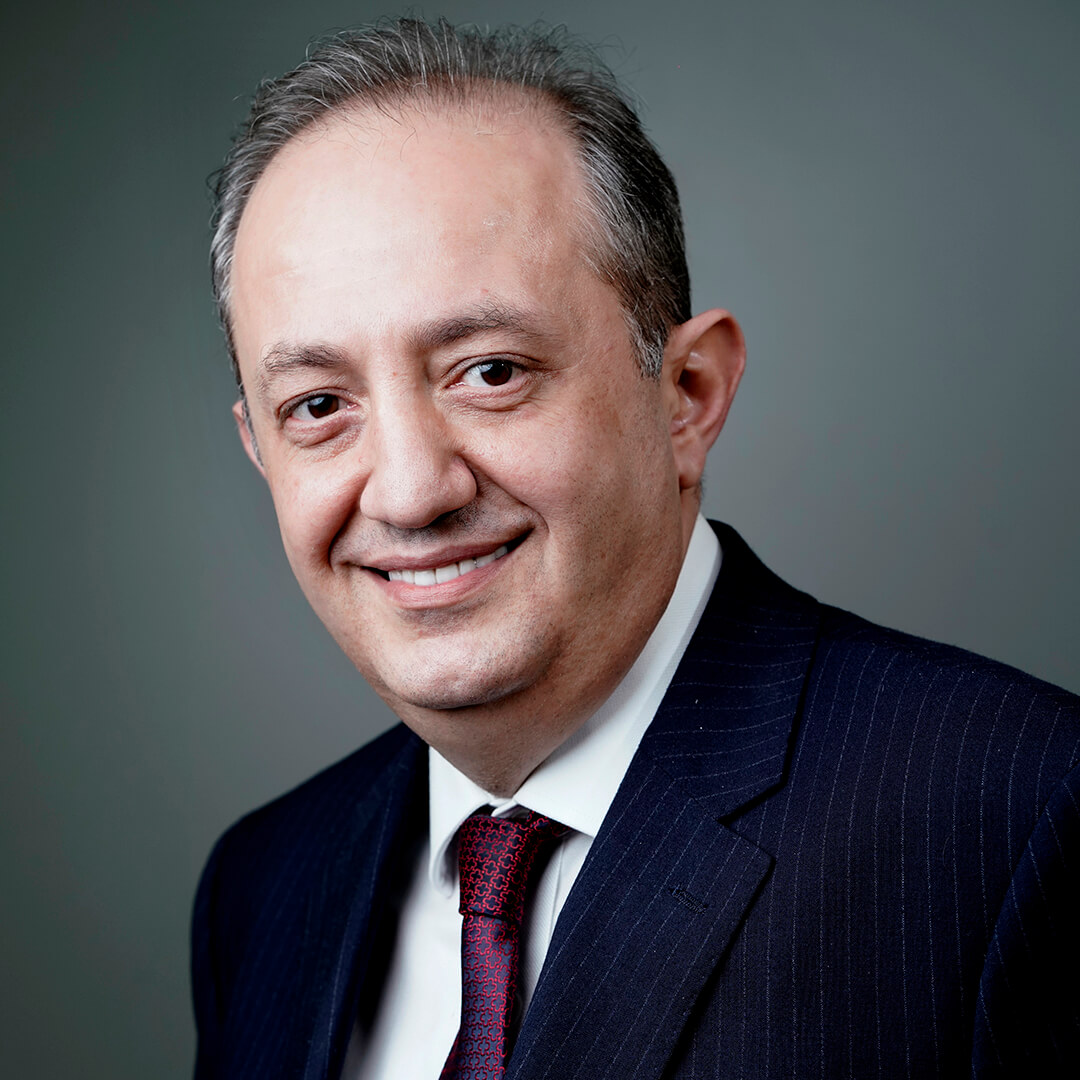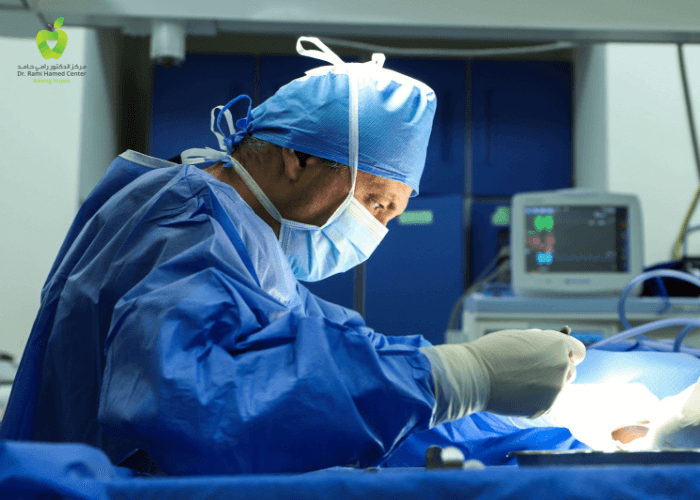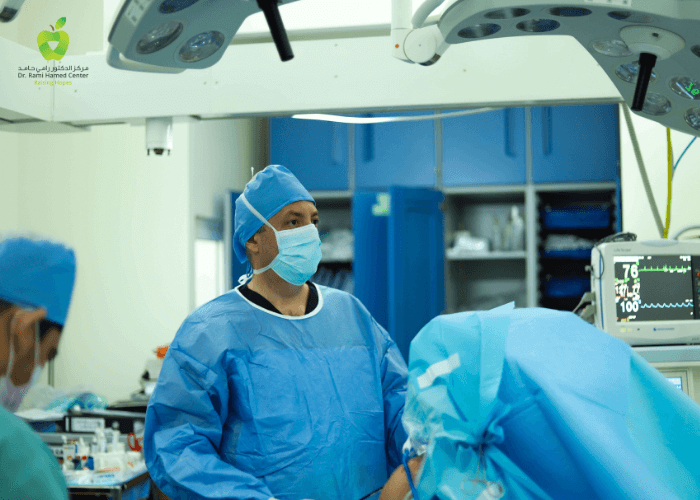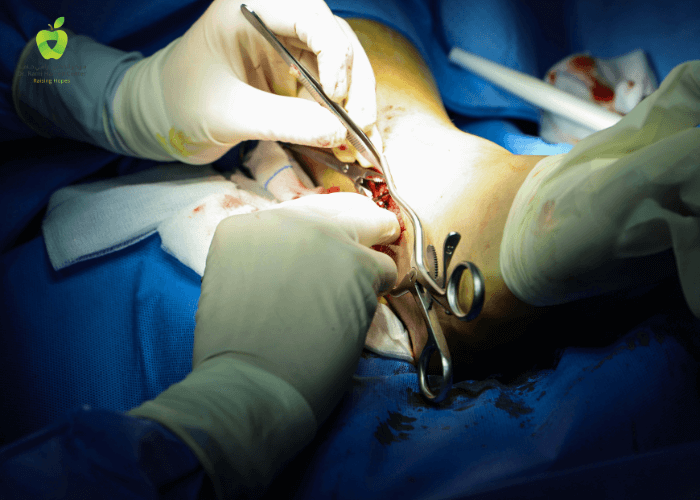Spinal Stenosis - Spine Hospital DRHC Dubai
Spinal stenosis is a term used to describe a tight or narrow spinal canal around the neural elements, which pass through it. It is usually degenerative and develops with age, but it can be congenital and secondary to many other disorders, which can affect the spinal canal, like cysts, benign or malignant tumors, etc. DRHC Orthopedic Clinic focuses on spinal stenosis and Lower Back Pain Treatment in Dubai.
The symptoms are not usually acute and progress with time. It is mainly what is described in medical terms as claudication, which is progressive weakness or pain in the legs on walking, which disappears by leaning forward or sitting for a few minutes. The patient is usually fine at rest without any complaint, and clinical examination is usually normal in most cases, unless in extreme cases when the neurological deficit starts to develop permanently.
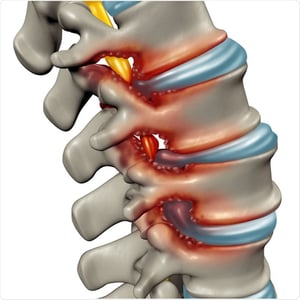
Conservative Management of Spinal Stenosis:
Once the MRI of the spinal canal confirms the benign nature of the problem, functional assessment is the main factor to decide on the line of management.
Conservative management is considered if the symptoms are not affecting the lifestyle significantly and if the walking distance is reasonable. The conservative management consists of education, physiotherapy, NSAIDs (Non-steroidal anti-inflammatories), Epidural injection, general painkillers, and muscle relaxants.
Surgical Treatment of Spinal Stenosis:
Surgical treatment is very effective in cases with very short walking distances, functional compromise, and if there is a clear neurological deficit. In principle, it is generally similar to disc decompression surgery and yields very successful results. Surgery can be performed either via endoscopic techniques, which have dominated the techniques lately due to their efficiency and being much less traumatic, or through a formal decompression surgery in case of complex cases with instability and multiple bilateral levels, or inter-spinous distraction device insertion in mild to moderate cases and in patients with high morbidity due to other illnesses.
Inter-spinous Treatment:
Inter-spinous spinal device insertion between the spinous processes tends to distract the spinous processes away from each other, thus creating more space in the spinal canal and alleviating the symptoms. This procedure can be done with MIS combined decompression or on its own, but the results are not promising in severe stenosis with short-term benefits; it still has its preference in elderly and low-demand patients with co-morbidity with formal surgery. In my opinion, it is completely out of preference in the presence of the endoscopic decompression technique.



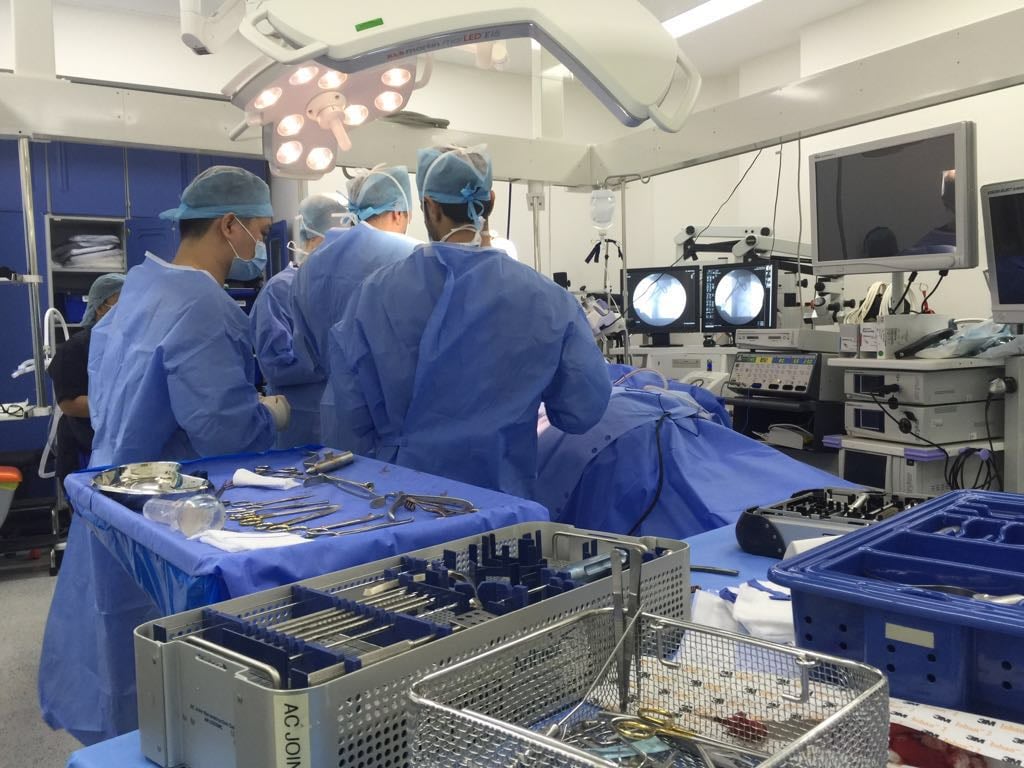

.png?width=281&height=59&name=bookanappointment%20(1).png)
